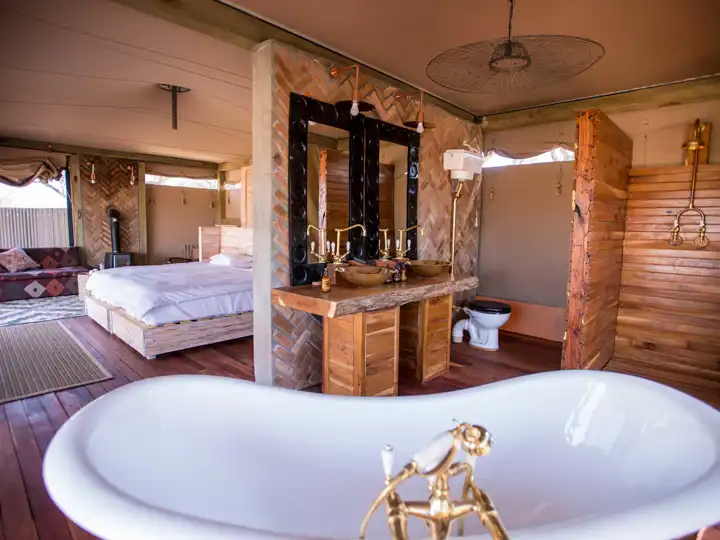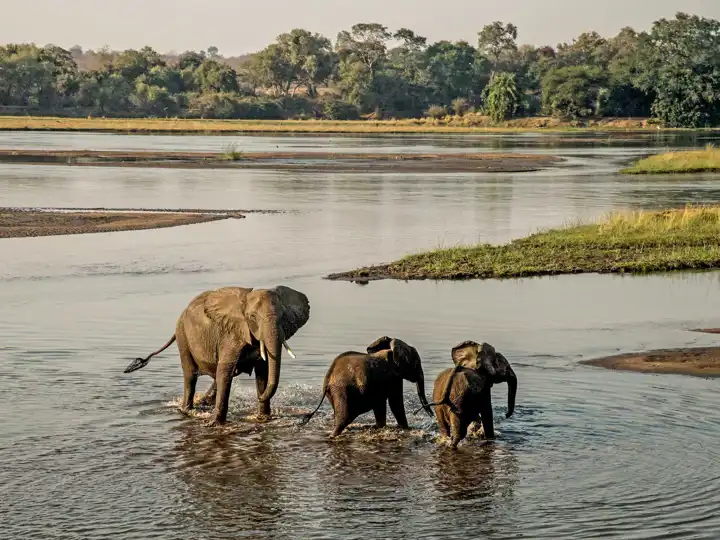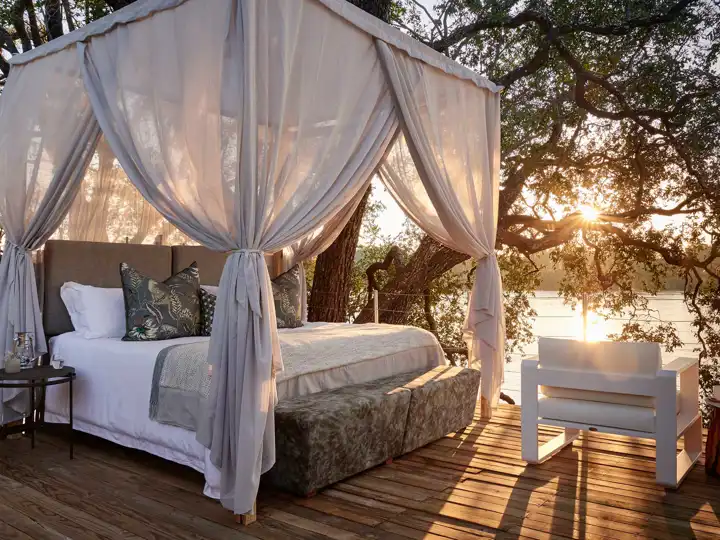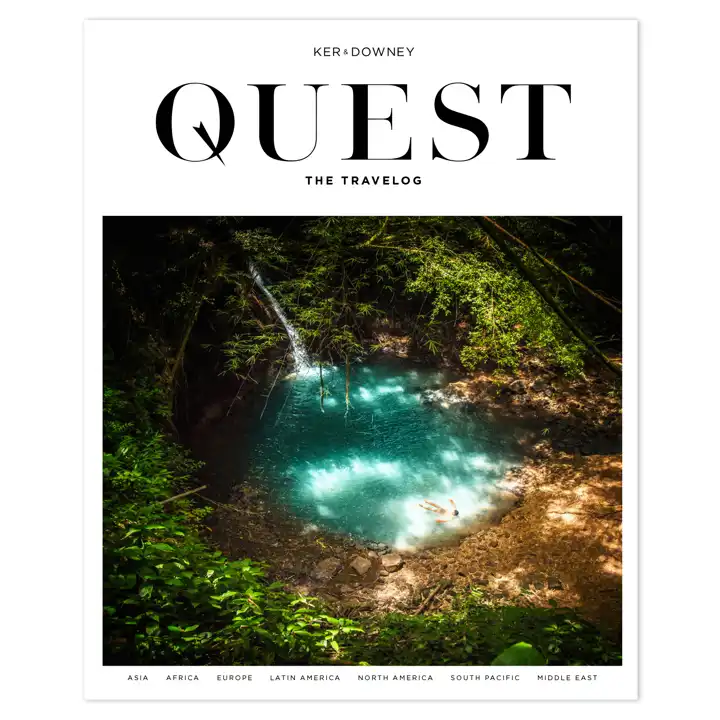Africa's Safari Darling
Why Zimbabwe Should Be Your Next Safari
By Haley Beham
In The Colorado Kid, Stephen King wrote that ‘sooner or later, everything old is new again.’ If he was right, then Zimbabwe is about to have a very big moment on the safari scene.
After decades-long political and economic turmoil cast a dark shadow over tourism in Zimbabwe, the country is back and poised to reclaim its position as a top safari destination. Helping to usher in this new era is the Victoria Falls International Airport which opened at the end of 2016. While it is far from seeing 1.5 million visitors per year as it did in the 1990s, there’s no doubt about it: a new dawn is breaking. The time to visit Zimbabwe is now.
Hwange National Park
Situated on the western border of Botswana, Hwange National Park spreads across 5,650 square miles and is the country’s largest wildlife sanctuary and its most famous safari destination. It is well-known for its thriving elephant population and is one of the best places in Southern Africa to spot lions, zebra, giraffe and white rhino. Notably, brown hyena and large packs of wild dog are also prolific in the authentic wilderness of Hwange. Variety is the spice of life here, not only in its assembly of wildlife but also in its landscape. Within the park, you’ll find diverse topography, from the desert sands of the Kalahari near the border to the mopane woodlands and grasslands, to the ancient seasonal floodplains which form wetlands in the rainy season.

Somalisa Camp
With just seven canvas tents outfitted with copper bathtubs and outdoor showers, Somalisa Camp offers luxury and adventure in the heart of Hwange National Park. You don’t even have to leave camp in search of wildlife. Zebras have been known to snack within view of the bathtubs, and the swimming pool and main areas boast amazing views of the pan where large herds of elephant have attempted to claim the territory.
Mana Pools National Park
In the remote reaches of the north, Mana Pools National Park is a wildly untamed conservation area and UNESCO World Heritage Site. Here, the Zambezi River is the life force, flooding the plains and filling four large pools that were once part of channels that have long since ceased flowing. These pools, brimming with water year-round, attract big game to the area. Still, the park is more well-known for its large concentration of hippos and crocodiles. Get out of the safari vehicle here to stretch your legs and explore the area on foot, as Mana Pools is renowned for walking safaris.

Greater Mana Expedition
Explore Mana Pools National Park and the neighboring private Sapi Reserve (which forms part of the UNESCO World Heritage Site) with Greater Mana Expedition, an intimate six-day adventure focusing on exploration and discovery through walking and canoe safaris.
Victoria Falls
Of course, you can’t travel to Zimbabwe without visiting Mosi-oa-Tunya, better known as Victoria Falls. Its local name means “the smoke that thunders,” and it’s an awe-inspiring Natural Wonder of the World. When the Zambezi River, the natural border between Zambia and Zimbabwe, is in full flood, it forms the world’s largest curtain of falling water. It’s quite a spectacle to experience.

Victoria Falls River Lodge
Located on the banks of the Zambezi River just minutes from the falls, Victoria Falls River Lodge is the first private game lodge within Zambezi National Park. With just seven tented suites, you can combine a safari experience in the African bush with visits to Victoria Falls, undoubtedly one of the world’s most famous destinations.
Malilangwe Private Reserve
The Malilangwe Private Reserve in southeastern Zimbabwe is home to one of the most successful black rhino protection programs in Africa. As a result, the highest concentration of black rhinos in the world thrive in this 130,000-acre wilderness. Geologically, the land is diverse, with sandstone hills, the Chiredzi River, riverine forests, mopane woodlands, and the Malilangwe dam. The diversity in habitats supports a wide range of wildlife in addition to its population of rhino. Predators like lions, cheetahs, leopards, hyenas and wild dogs prowl the reserve for plains game. Sable antelope and Lichtenstein’s hartebeest roam in the mopane woodlands to the south and east. Tigerfish, among other species of fish, and a healthy population of hippo, crocodile, and birdlife are found in the Malilangwe dam.

Singita Pamushana
Recently renovated, the celebrated Singita Pamushana lodge is the ecotourism arm of the Malilangwe Private Reserve and exists to help fund the conservation projects and assist the communities bordering the reserve. It is an excellent example of the harmony that can exist between conservation initiatives, community outreach, and tourism.

Quest Magazine
Dedicated to the experiential style of Ker & Downey travel, QUEST Magazine features eye-opening content that focuses on unforgettable experience, unheard-of destinations, and the very best our world has to offer. Each issue is packed with insider information, what's new in the world of travel, and editorial pieces that focus on our global culture, philanthropy, and transformative travel.
Read The Fall 2018 Issue